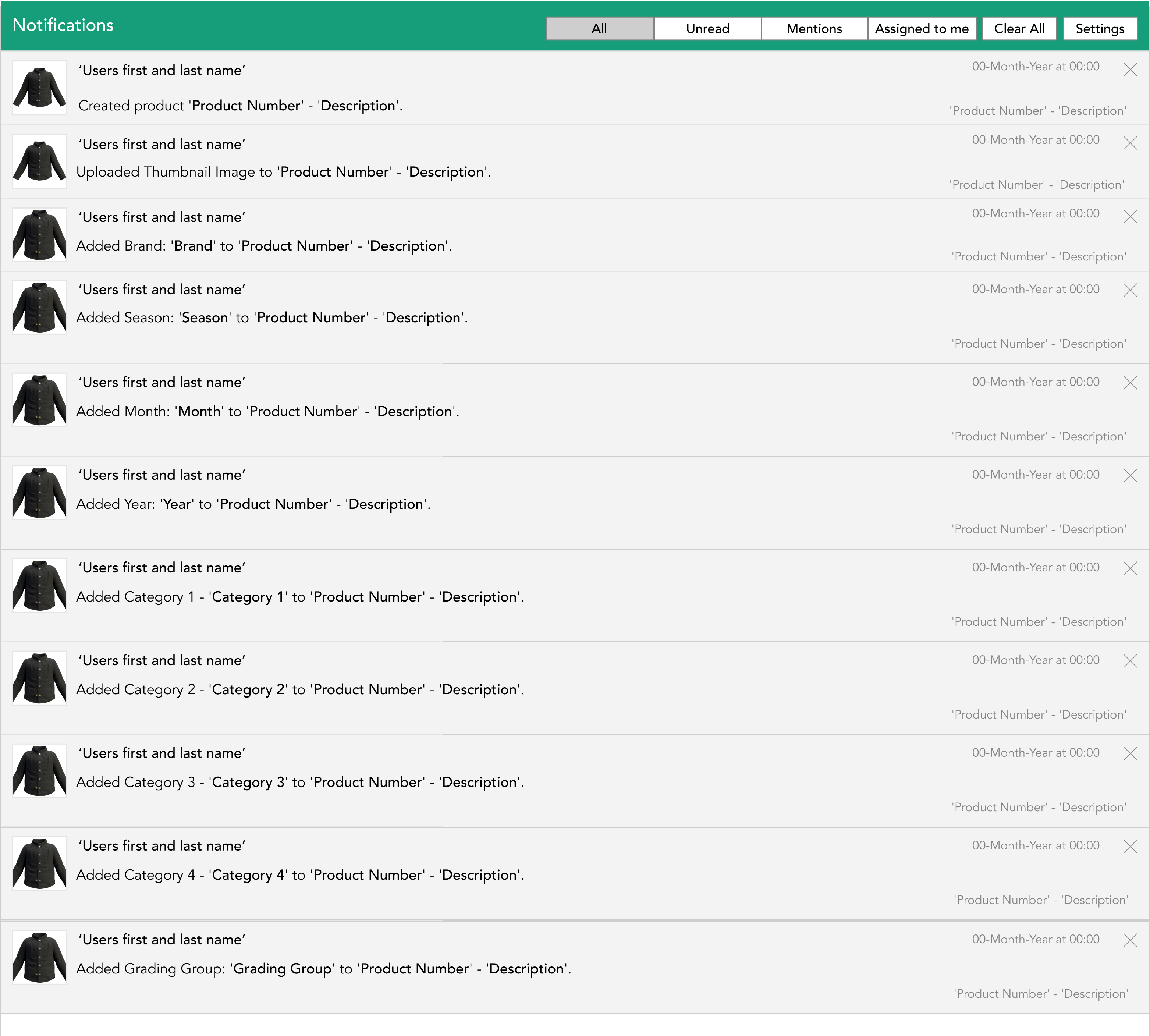Delays in bringing products to market are frequently encountered within the fashion sector, and they can greatly influence the triumph of a fashion label. To tackle lengthy product development cycles in design teams, it is crucial to follow the following steps:
- Streamline design workflows with great Tech packs
- Establish well-defined project specifications and objectives
- Effectively manage project scopes
- Enhance communication
Allocating resources towards software, assets, and tools can also enable the design team to operate with greater efficiency and effectiveness.
This article will explore the primary hindrances to fashion product development that impact time to market. Tracking progress can be a challenging task in the realm of fashion. Every fashion project involves multiple stages of product development to get to the finished product.
It is essential for fashion teams to monitor the progress of their product development meticulously. This ensures the successful completion of each stage with no omissions. However, tracking progress can be quite challenging. This is down to the lack of project management tools tailored explicitly to fashion cycles or the absence of such tools altogether.
Product Development Tools
Excel and Adobe Illustrator are often used for product development. With this, however, additional applications are then also required to track the project’s progress. Some teams resort to calendars or third-party project management software as a temporary fix.
However, as brands expand, it becomes increasingly challenging to maintain all the design data with these tools.
The solution should prioritise strong visual elements to ensure ease of management and efficiency. It is preferable for all aspects of product development, including design and production, to be merged onto a single platform.
Given the intricate nature of fashion product development stages, it is crucial to avoid any form of separation. This is because separation may lead to miscommunication or data loss.
Reporting Challenges
Strict fashion cycles and a lack of effective planning tools pose significant challenges for the fashion industry. Timely delivery of goods is crucial for maximising sales opportunities.
Design teams using Excel for product development often need extra spreadsheets to track project progress. This is because Excel was not designed to store product development data or manage fashion projects. Packs and time/action calendars are separated, leading to frequent sheet switching, causing inefficiency.

Task Management Challenges
In design teams, there are various specific roles. These include fashion designers, technical designers, merchandisers, accountants, sourcing agents, and managers. Managers oversee project progress and distribute tasks among team members.
The development of a single product typically involves at least four tweaks.
- Fashion designers conceptualise the product.
- Technical designers convert the concept into a format suitable for manufacturing.
- Sourcing agents help select fabrics.
- Accountants handle cost management.
Commonly used software like Excel and Illustrator lacks specialised task management features. Many design teams resort to email or messaging platforms, like Slack, to assign tasks. While this approach may be effective in certain situations, it ultimately increases the workload for project managers in the long run.
Notification Challenges
In clothing product development, alerts and reminders are vital for avoiding oversight of important tasks and deadlines. Here are a few reasons they hold significance:
- Increased productivity – alerts and reminders keep team members on schedule. This prevents crucial deadlines from being missed. It further boosts productivity and enhances output quality.
- Improved communication – well-implemented alerts and reminders foster better communication among team members. They ensure everyone is informed about tasks and timelines, promoting effective collaboration.
- Better time management – alerts and reminders assist team members in managing their time efficiently. By reminding them of upcoming deadlines and tasks, they can prioritise their work and utilise time effectively.
- Reduced errors – alerts and reminders contribute to error reduction. By reminding team members of important details, the chances of critical omissions or mistakes decrease.
Overall, alerts and reminders are indispensable tools for smooth and efficient product development. They keep everyone on track and focused, ensuring timely delivery of high-quality products.
Ultimately, overcoming bottlenecks in fashion product development is crucial for brand success. By implementing the strategies mentioned above and utilising suitable tools, fashion brands can overcome these challenges, ensuring the timely delivery of high-quality products.
